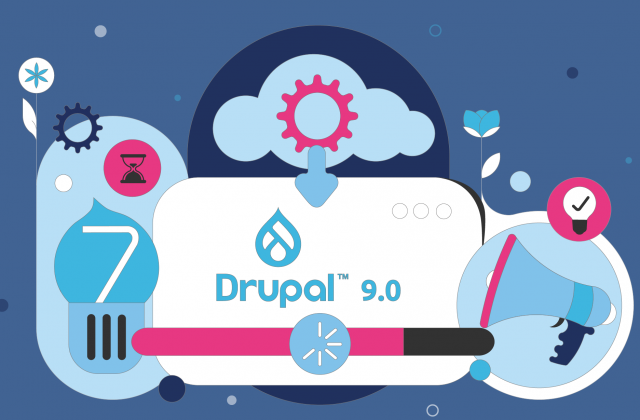There’s some pretty surprising and eye-catching research about smart-phone ownership doing the rounds on the tech blogs today – which shows a few unsurprising things (the more you earn, the more likely you are to own a smartphone – the older you are, the less likely etc) and one very, very surprising thing: that even at the lowest income brackets, young people consider a smartphone to be far more of an essential than a luxury.
The survey of 20,000 US mobile customers was carried out by Nielsen, and compared smartphone ownership rates across six different age groups and then within each age group according to income. As mentioned above, two obvious trends were observed in that smartphone ownership and age are inversely correlated, while income and ownership rates are positively correlated.
In a separate graphic, Nielsen measured the smartphone ownership for those taking a contract in the past three months against those who’ve had one for longer and also found that, unsurprisingly, those taking subscriptions more recently were more likely to choose a smartphone.
But the real headline is that even for young people earning less than $15,000 a year, smartphone ownership rates are astoundingly high. 56% of those aged 18-24 and earning less than $15k own a smartphone, which might be considered an anomaly due to frequent parental financial support for people of this age were it not for the fact that the same income group for the higher age bracket (25-34) has an ownership rate only 13% lower, at 43%.
When you consider that most smartphone contracts will typically cost somewhere between $400 and $800 a year, then the above ownership rates become increasingly surprising, especially as, after tax, a $15k annual salary will be closer to $13k-$14k (depending on exemptions and deductions). Additionally it’s important to note that this income bracket was measured as ‘less than $15k’ which means that many of the respondents might have an annual income closer to $10k or even less (which would put them within the definition of living in poverty in the US).
It is quite possible that many of these smartphone owners might forgo other products such as home broadband or laptops, cameras, mp3 players etc and instead attempt to economize by running an ‘all-in-one’ device such as an iPhone. The data on other gadget ownership would certainly have been valuable in a study such as this, though Nielsen have yet to release it (if they even collected it in the first place).
Likewise I would be curious about which non-gadget sacrifices are being made in order to be able to own a smartphone – are people prioritising phone services over home heating for example? Is a car considered more or less of an essential than a smartphone?
One thing is for sure, judging by the trend for those taking subscriptions in the past 3 months to choose smartphones across all ages, it seems that the day when smartphones become the norm for US, and probably other OECD, markets might be a lot closer than we might have thought a few years ago – especially since it is clear that the ‘prohibitive’ cost of owning and running these devices is actually not as much of an obstacle as one might reasonably have assumed.
The one obvious implication from this for web developers is pretty clear – whereas a few years ago many web developers considered mobile apps and services as an added extra to their standard activities, within another year or two I expect we’ll see more and more firms acknowledging that mobile now makes up a core aspect of their revenue model. Likewise, it increasingly seems absurd that a new start-up might not have a mobile app or site in their development plan (while the idea that they might launch with only a mobile app does seem perfectly common and feasible).
The knock on consequences of all this for the smartphone app market are therefore highly encouraging: potential app markets are growing all the time at an exceptional rate, even for income groups which one might have assumed would not have disposable income to spend on mobile apps. All this might be bad news for manufacturers of devices and products which are being superceeded even quicker than expected by smartphones (mp3 players, cheap digital cameras, netbooks), but it is very welcome and exciting news for mobile web developers, smartphone manufacturers, and app creators.


